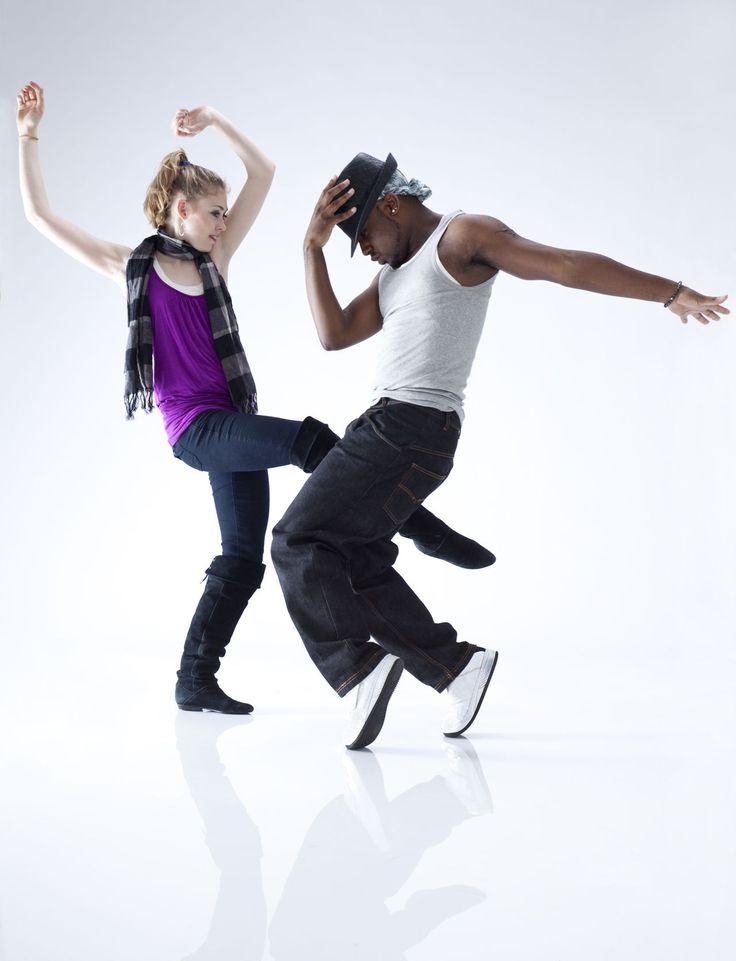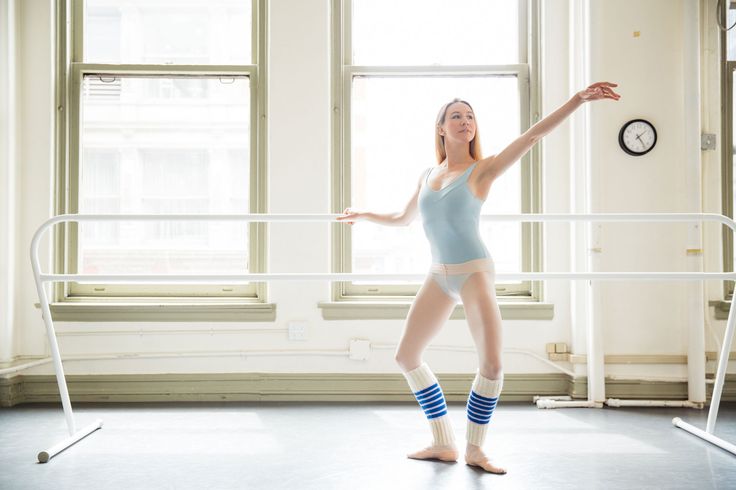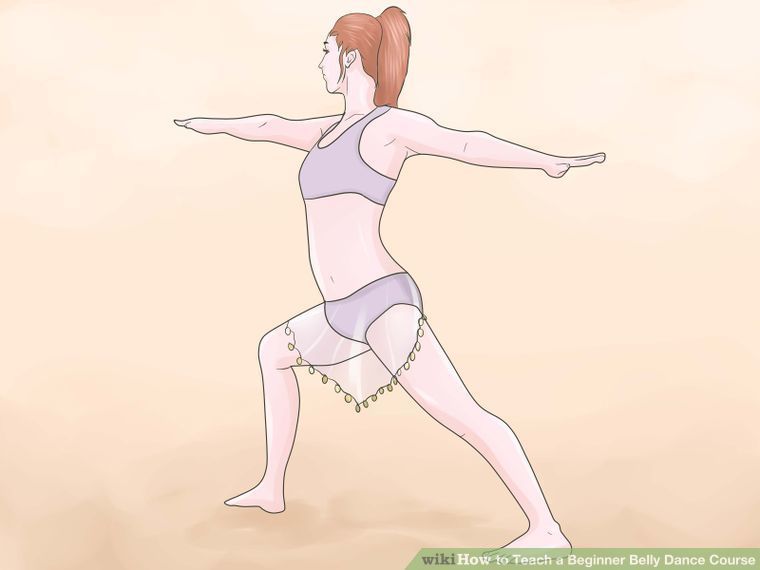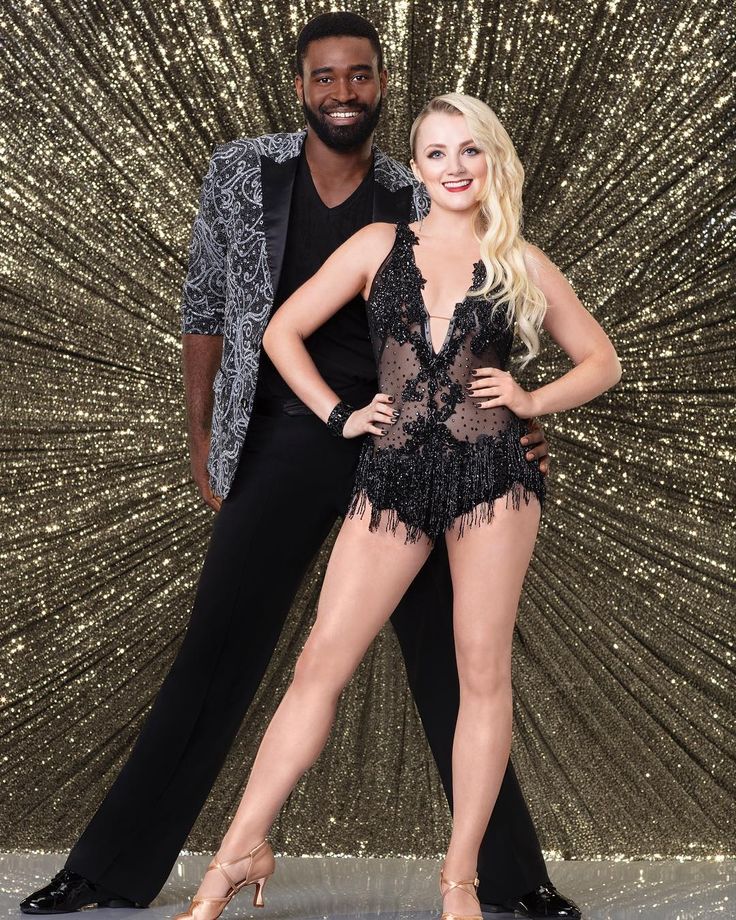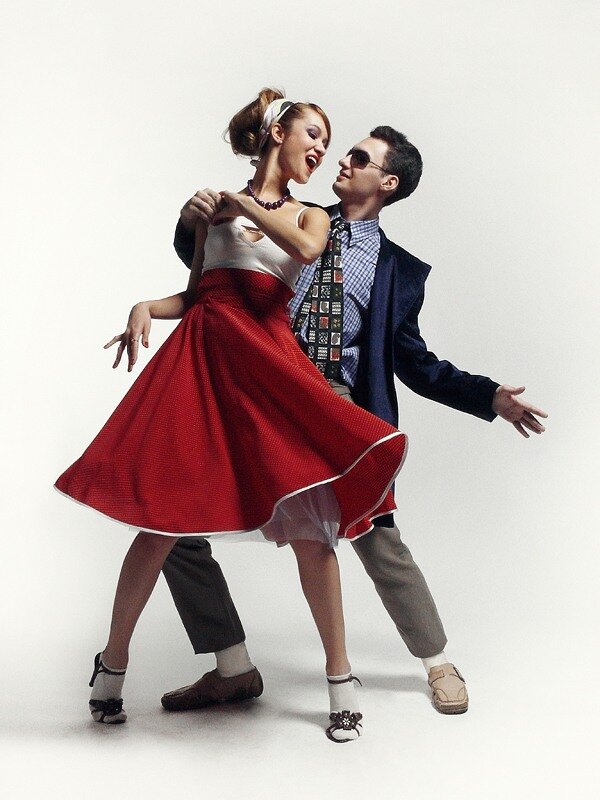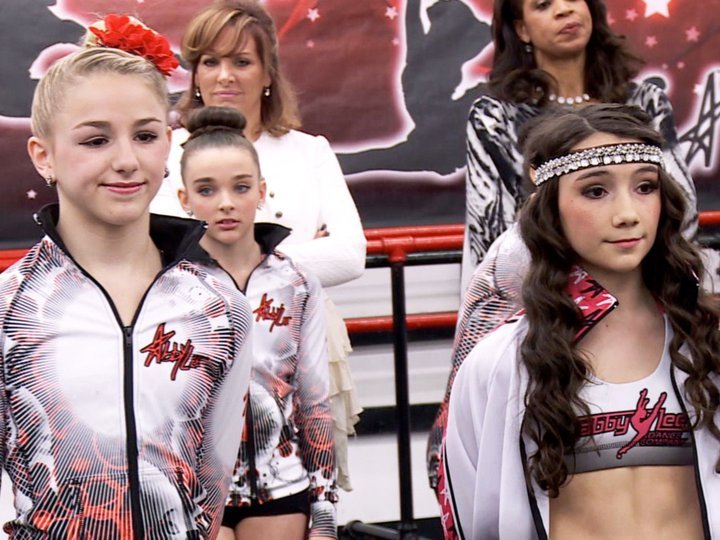How to improve dancing
Types of Exercises to Improve Your Dancing Skills
Anyone who has ever wanted to improve their dancing skills can attest to the fact that it takes a lot of practice. But did you know that there are exercises you can do to help improve your dancing? In this blog post, we will discuss some exercises that will help you become a better dancer. These exercises are designed to help with balance, flexibility, and strength — essentially all the things that make up movement and top-tier dance skills. Whether you are just starting out or are looking to take your dancing skills to the next level, read on for some great exercises that will help get you there!
Benefits Of DancingDancing is a great way to get exercise and have fun at the same time. It is also a great way to meet new people and socialize. It can help improve your balance, flexibility, and coordination. Dancing can also help reduce stress, improve heart health, and strengthen bones and muscles. Whether you are looking to improve your dancing skills or just want to have some fun, dancing is a great activity for all ages!
When you are learning a new dance or practicing an old routine, it is important to focus on developing muscle memory. Muscle memory is what allows you to perform complex movements without having to think about them. This is because when the muscles involved in a particular movement are used often, they will remember the movement and be able to do it automatically. This is why it is so important to practice regularly if you want to improve your dancing skills!
Exercises To Enhance Your Dancing SkillsNow that we have talked about some of the benefits of dancing and what muscle memory is, let’s take a look at some exercises that will help improve your dancing skills!
Warm-Up: Get Your Body Ready For DancingBefore you start your routine or your dance lesson, it is important to warm up your body.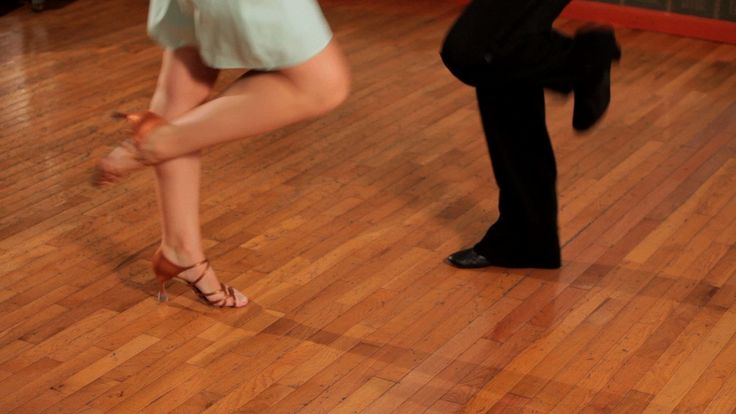 The importance of warming up before dancing should not be underestimated. A good warm-up will help loosen your muscles and increase your range of motion, which in turn will make you a better dancer. It’s also important to warm up your body properly; doing too many high-impact exercises without a proper warm-up can lead to injuries. So before you hit the dance floor, take the time to do some light stretching and gentle cardio exercises to get your body ready for action!
The importance of warming up before dancing should not be underestimated. A good warm-up will help loosen your muscles and increase your range of motion, which in turn will make you a better dancer. It’s also important to warm up your body properly; doing too many high-impact exercises without a proper warm-up can lead to injuries. So before you hit the dance floor, take the time to do some light stretching and gentle cardio exercises to get your body ready for action!
When it comes to improving your dancing skills, cardio is key! Cardio exercises help increase heart rate and blood flow, which in turn provides your body with more oxygen. This increased oxygen supply helps improve your energy level and stamina, both of which are important when you are dancing. There are many different types of cardio exercises that you can do to improve your dancing skills. Some good examples include running, biking, swimming, and aerobics. If you are not sure which type of cardio exercise is right for you, ask a fitness professional for advice.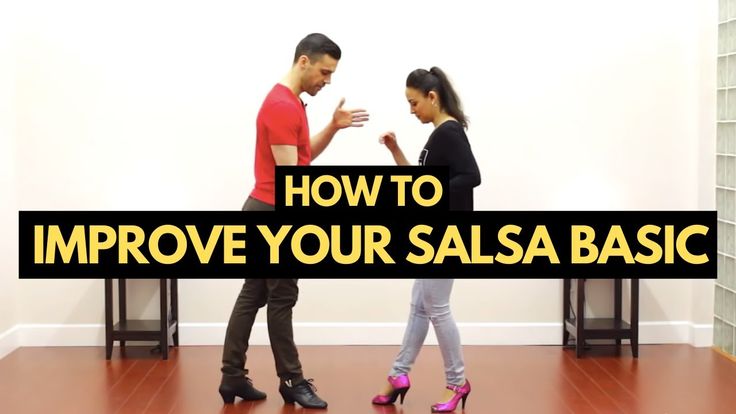
In addition to cardio, strength training is also important for dancers. Strength-training exercises help tone your muscles and improve your balance. This is especially important for those who want to improve their leaping and turning skills which are especially necessary to master if you are practicing Latin dances. Some good examples of strength-training exercises include lifting weights, squats, and lunges. If you are not sure how to properly do these exercises, ask a fitness professional for guidance.
Stretching: Increase Your FlexibilityFinally, dancers need to be sure to include stretching exercises in their routine. Stretching helps improve your flexibility, which is important for executing complex dance moves and a necessary starting point to excel at dance types such as swing dancing. It can also help reduce the risk of injuries. There are many different types of stretches that you can do to increase your flexibility. Some good examples include hamstring stretches, calf stretches, and quadriceps stretches. If you are not sure how to perform these stretches correctly, ask a fitness professional for guidance.
Some good examples include hamstring stretches, calf stretches, and quadriceps stretches. If you are not sure how to perform these stretches correctly, ask a fitness professional for guidance.
After you have finished your routine, it is important to do some cool-down exercises. Cool-down exercises help your body recover from the strenuous activity of dancing and prevent injuries. Some good examples of cool-down exercises include walking, jogging, and stretching. Be sure to cool down for at least five minutes after your routine to give your body time to recover.
Mastering Dancing Skills: Motivation And ConcentrationAs with any other skill, mastering dancing takes time and practice. You will not become a world-class dancer overnight, but that shouldn’t stop you from putting in the hard work and dedication to improve your skills. One of the most important things to remember when practicing is to stay motivated and focused. This means setting realistic goals for yourself and staying committed to your routine. It also helps to find a dance partner or group to practice with so that you can help motivate each other.
This means setting realistic goals for yourself and staying committed to your routine. It also helps to find a dance partner or group to practice with so that you can help motivate each other.
Concentration is also key when learning how to dance. When you are first starting out, it is important to focus on the basic steps and movements. As you progress, you can start adding more complex steps into your routine. But always be sure to take your time and master each step before moving on to the next.
Learn More About The Types of Exercises to Improve Your Dancing SkillsIf you are looking to improve your dancing skills, or if you are just starting out, come visit Fred Astaire Dance Studio in Raleigh. Our experienced instructors will help you learn the basics and give you the tools you need to become a better dancer. We offer group and private lessons for all ages and levels, so no matter what your goals may be, we can help you achieve them. You can contact us today by filling out our form or giving us a call at (919) 872-0111.
Contact Us Today
No Partner Necessary
5 Ways to Improve Your Dance Technique this Year
1 March3018August 14, 2022
5 Ways to Improve Your Dance Technique this Year
How to Improve Your Dance Technique
If you’re looking to improve your dance technique in 2018, there are several factors to explore. First, congratulations on taking the first step! Often times the hardest part of setting a new goal is getting started. You’re off to a great start by doing your research. Next, it’s important to remember that significant progress takes time and won’t happen overnight. Improvement takes daily, or at minimum, weekly practice. Consistency is key! Whether you’re a beginner dancer or you’ve been dancing for several years, consider the following tips to improve your dance technique this year.
1. Stretch daily
Although it may seem elementary, it’s important to remember to stretch every day to improve your dance technique. Your stretching routine doesn’t need to be long or overly complicated, however “the simple act of getting up and getting your body moving is a great way to jump start the day. Stretching will help you improve your dancing by making you more flexible and increasing your range of motion. It will also reduce the risk of injuries like pulled muscles (Steezy, 2017).
Your stretching routine doesn’t need to be long or overly complicated, however “the simple act of getting up and getting your body moving is a great way to jump start the day. Stretching will help you improve your dancing by making you more flexible and increasing your range of motion. It will also reduce the risk of injuries like pulled muscles (Steezy, 2017).
Here are a few things to avoid when stretching, via DanceTeacher:
- Avoid trying to progress too quickly in your stretching, which can strain or sprain ligaments, tendons or muscles. Dancers need to gradually increase stress on muscles so they have time to adapt.
- Warming up properly before stretching is essential. If you’re stretching a cold muscle, or stretching for so long that muscles get cold, you actually end up stretching the joint instead.
- Perhaps most importantly, strength building should go hand in hand with stretching. Focusing on strength can benefit your functional flexibility more than anything else.
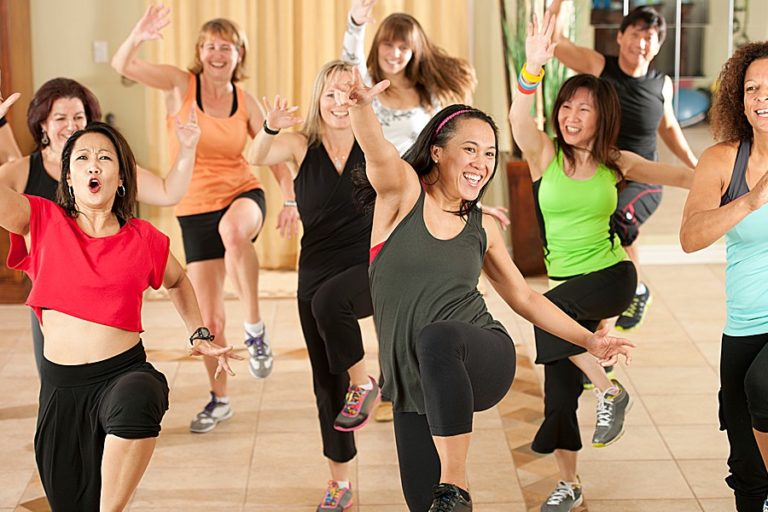
Explore “Stretching For Dancers” below for some worth-while tips:
2. Don’t be afraid to challenge yourself!
Improving your dance technique can include exploring new types of dance, trying different routines and pushing yourself outside of your comfort zone (safely, of course). Ask your dance instructor about other types of dance offered at your studio, that you haven’t tried before. Then, make a point to sit in on a class and observe.
If you’re not interested in exploring new types of dance, then review pieces you’ve learned before and make a point to re-master them. “Do you ever play a set from 5 years ago during practice, and watch someone do it flawlessly, like they just learned it yesterday?… (That can be you) if you just practice!” (Steezy, 2017). Condition yourself not to stop practicing or learning, long after a performance or routine is through.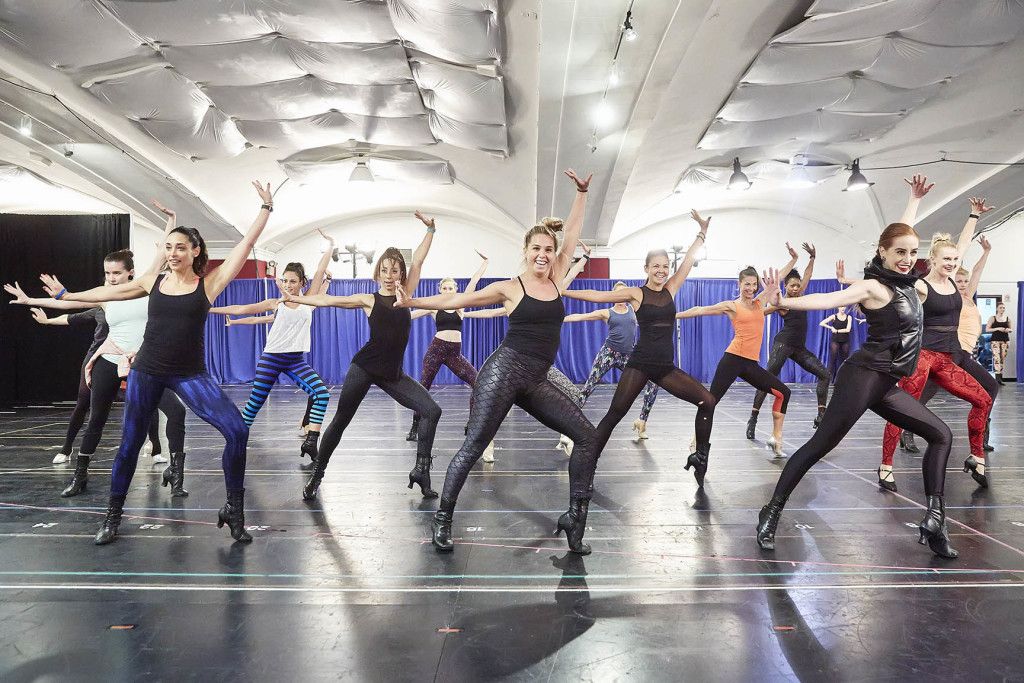
3. Tell yourself you can do it
Never discount the power of positive thinking! “Negative thoughts are only going to bring you down, literally” (rockettes, 2018). Learning new techniques, a different style of dance, or even committing to perfect your stretching can all seem super intimidating. Remember to give yourself credit for wanting to improve- starting is always the hardest part when trying to achieve a new goal! Try telling yourself “I can do this,” out loud, before trying your new activity. Over time, the simple act of declaring confidence in yourself will begin to convince your inner critic. You’ve got this!
4. Videotape yourself dancing
Are you super clear on specific elements of your dance technique that you want to improve? If not, videotaping yourself dancing is a great way to start. Ask your dance instructor, a friend or a family member to capture you practicing a particular routine so you’re able to review your performance.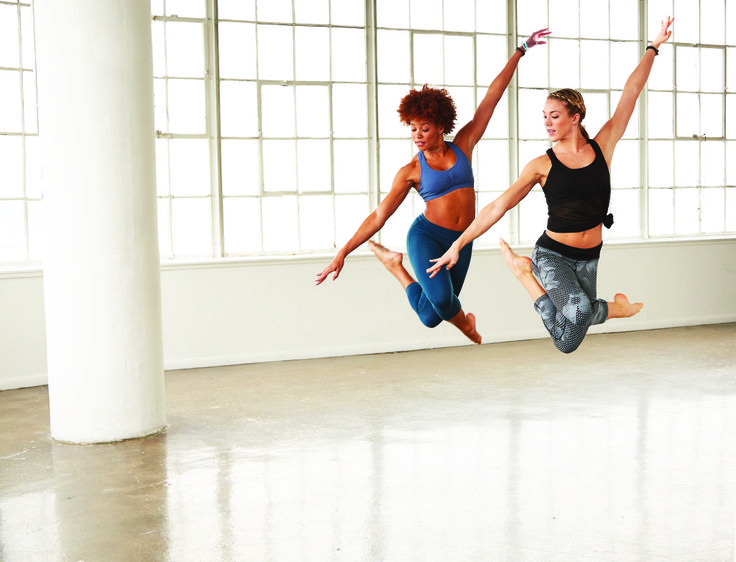 By watching yourself dance, it will become much clearer which areas need improvement. Don’t be afraid to ask your dance instructor to watch the video with you as well. It may be helpful to hear their expert opinion on the areas you should focus on to improve.
By watching yourself dance, it will become much clearer which areas need improvement. Don’t be afraid to ask your dance instructor to watch the video with you as well. It may be helpful to hear their expert opinion on the areas you should focus on to improve.
5. Ask Your Teacher for Help
Your dance instructor is invested in your success as a dancer. They’re committed to helping you achieve whatever your specific dance goals may be, from improved flexibility to learning a new, rigorous routine. Don’t hesitate to ask them for help when it comes to going after a new goal.
“Instead of just going to class, dancing and going home, get help from others to improve your dance technique… Ask an instructor to give you all the corrections possible and learn from your mistakes. You will always be improving your dance technique so why not use all of the sources possible to do so? It doesn’t cost anything to watch and get help from others. But by taking the time to do so, you can see significant improvements in your dancing fast!” (Dance Full Out, 2012).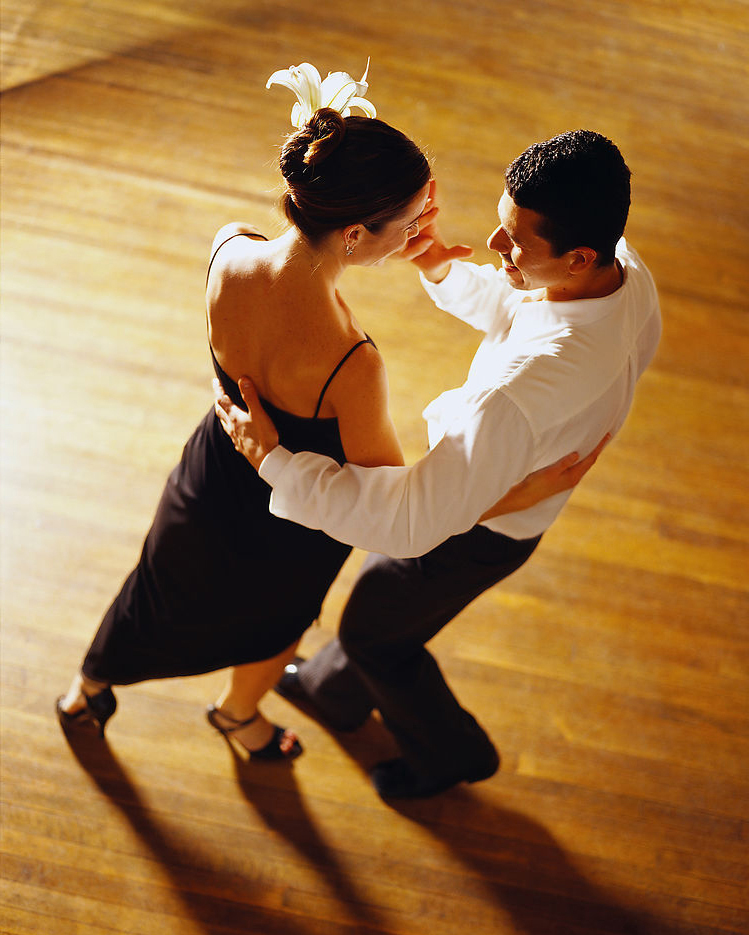
Share this post?
5 tips to help you make progress in dancing
Is it possible to quickly improve your dancing skills with a few simple and effective steps? Yes! Read our tips to improve your dance technique.
Whether you're a beginner or an experienced dancer, whether you're into ballet, modern jazz, hip hop, or any other style, these 5 tips will help you reach your peak.
Would you like to change your dance costume while keeping the same clothes? This can be done with a single accessory or piece of clothing - a favorite item that can be worn in many ways.
Depending on your style of dancing or how you feel at the moment, you can wear this piece however you want right now to give yourself a whole new look.
Your dancewear is part of your expression, so get creative by choosing an outfit that reflects your personality. Mix styles and develop your creativity.
What dancer has not had difficulty maintaining balance during the batman retreat or when performing a pirouette without a somersault?
To keep a good balance, remember this: when you move into a half-pointe position, automatically think about getting taller, as if someone is pulling you up. Press down on the ground with the foot that touches the floor to keep a firm footing. Also pay attention to the muscles of the core: tighten the stomach, imagining that the navel should touch the spine, and tighten the gluteal muscles.
Press down on the ground with the foot that touches the floor to keep a firm footing. Also pay attention to the muscles of the core: tighten the stomach, imagining that the navel should touch the spine, and tighten the gluteal muscles.
Dancing is not always easy to gracefully express yourself and see your body moving smoothly and elegantly. However, viewers often pay attention to the upper half of the dancer's body. To become more graceful, try to move in a relaxed way and keep a natural expression on your face. No one should notice the slightest sign of effort in your eyes!
Free your head and let it move, don't tense up. Do not spread or close your fingers as if you are holding something. A good dancer should have "light" hands. Your fingers should be controlled but relaxed (imagine water dripping from your fingertips and focus on the sensation).
Watch how you hold your hand: from the shoulder blades to the very nails. Keep your elbow from "falling" by taking care to support your wrist.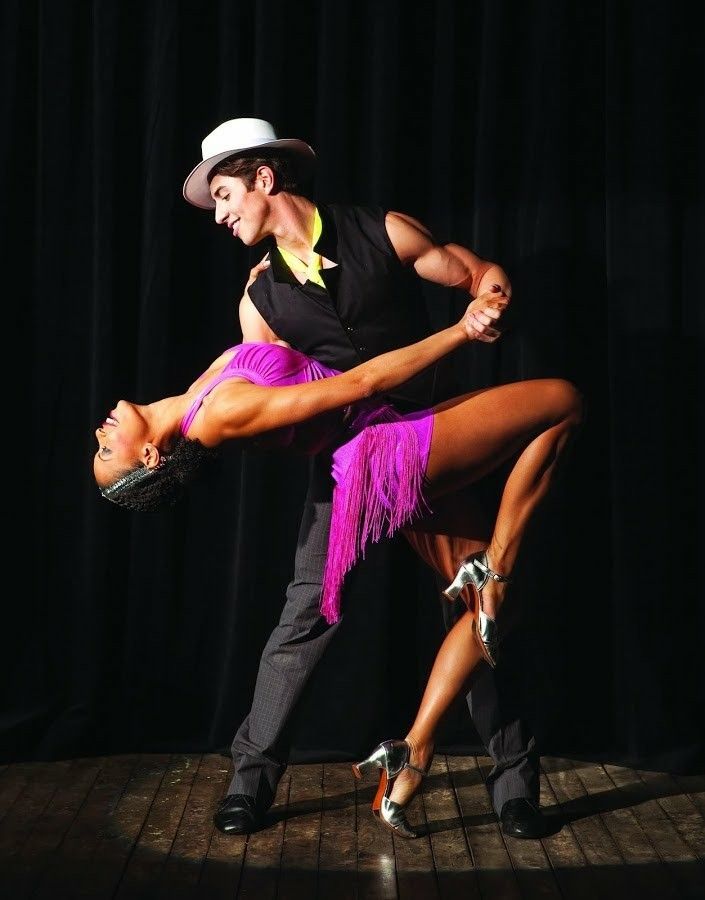 Good support and resistance will help you shape curves that are smooth and elegant!
Good support and resistance will help you shape curves that are smooth and elegant!
Flexibility is not required in dance, but it remains a highly sought-after characteristic for many dancers nonetheless. If it is not an innate trait, it can be developed gradually, with patience and care, given the capabilities of your body.
To make your body more flexible, we recommend a special exercise - splits . It is recommended to perform it only under the supervision of trainer ! Find a trainer at All Do Sport to train efficiently and safely.
First, warm up for 10 minutes, alternating several basic exercises. Sit on the floor with your legs together in a butterfly position and do a few rolls on your back. Then warm up your legs with a few exercises, do a series of jumps and a few deep lunges, and move on to the next:
- Execution: lie on your back and put your feet on the wall.
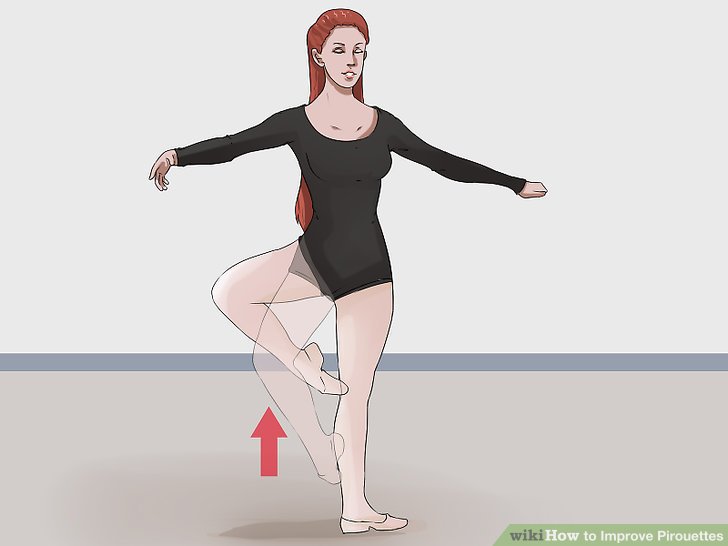 Use your hands to move as close to the wall as possible. Touch the wall with your buttocks. Straighten your legs up and stretch your toes, keeping your feet and knees together. Legs and buttocks should rest on the wall. Start slowly spreading your legs apart. Lower them down to the most extreme position. Fix this position and try to relax, allowing gravity to push your legs towards the floor. Lightly press your hands on your feet. Gradually open your legs wider and wider, stretching your muscles.
Use your hands to move as close to the wall as possible. Touch the wall with your buttocks. Straighten your legs up and stretch your toes, keeping your feet and knees together. Legs and buttocks should rest on the wall. Start slowly spreading your legs apart. Lower them down to the most extreme position. Fix this position and try to relax, allowing gravity to push your legs towards the floor. Lightly press your hands on your feet. Gradually open your legs wider and wider, stretching your muscles. - Breathing: inhale deeply and exhale slowly throughout the exercise to relax and oxygenate your muscles. This will gradually help your body become more flexible.
- Safety tips: make sure you keep your buttocks firmly against the wall and your back against the floor throughout the exercise. Pull in your stomach and lower your legs as low as possible, but not with force!
Do this exercise once every 15 minutes.
If you are already flexible enough, put on ankle weights such as Gym Weight Domyos. They will increase muscle tension and add extra inches to your stretch!
Before the performance, it is important to take time for yourself and relax. Every dancer has their own set of tips for overcoming fear on stage. Do you want to know the proven way? Learn to relax through conscious and deep belly breathing.
Really deep breathing brings a sense of calm and awakens your mental powers. It also helps to better oxygenate your muscles. To feel good about your body and mind, do this relaxation exercise while preparing for the performance and on the day of the event itself:
- Sit with your back against a wall or lie on your back
- Breathe in through your nose, slowly and deeply
- Place one hand on your belly and exhale through your mouth (you can gently press on your belly with your hand)
- Then inhale through the nose, expanding only the belly (the belly should rise)
- Exhale slowly through your mouth.
 Your exhalation should be slower than your inhalation.
Your exhalation should be slower than your inhalation. - Repeat the whole sequence three times
Now you know 5 secrets that will help you improve your dancing skills or just feel good in your body before going on stage. On the day of your performance, forget about everything else and focus on just one thing - the pleasure of dancing! Mamita Dance0003
Author: Pavel Sobiray
psychologist, teacher of salsa and tango
At the start, you always want to get a quick result. When it doesn't happen, the hypothesis arises that everything takes time. After a conditionally acceptable time, humility comes to mastering pair dances, which, perhaps, is not given, and I will just do what I learned somehow.
This is the most common story of those who believe that the fact of attending pair dance classes is enough to learn how to dance.
Absolutely not. If you want to really dance well, you have to make an effort outside of the dance class.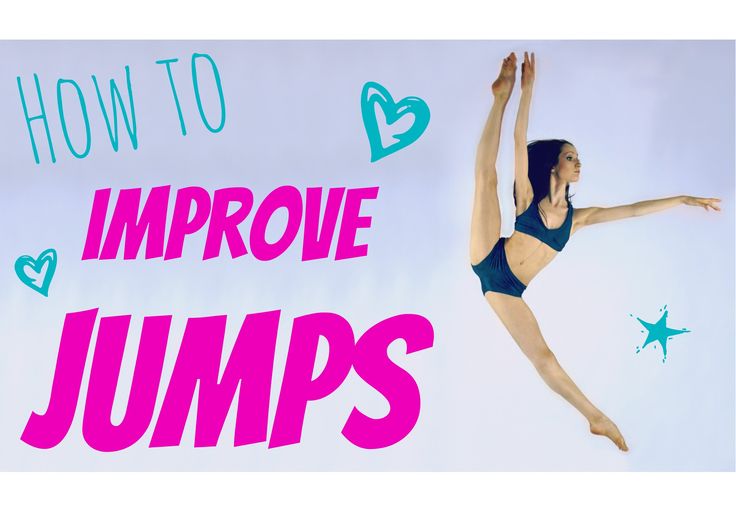 A good teacher will definitely be needed, but the initiative should be on your side.
A good teacher will definitely be needed, but the initiative should be on your side.
1. Listen to music
The most common and accessible advice that is given already in the first lessons. And it definitely works. Music creates a certain atmosphere of the dance and intuitively you want to move to it. It doesn't matter where you listen to music - in the car, on headphones while walking or doing household chores.
An addition that will help you dance better is your active participation in the music. Sing along, dance or simply beat musical accents with any free parts of the body. In the subway, for example, it is enough to tap out bright moments with your fingers, in the car to sing along with sounds, and at home you can jump for pleasure.
2. Watch videos of good dancers
It's complicated, but also obvious. It’s more difficult, because without recommendations from more experienced dancers, unfortunately, it’s not so easy to find a good quality video on the net (I mean not the resolution quality, but the content itself).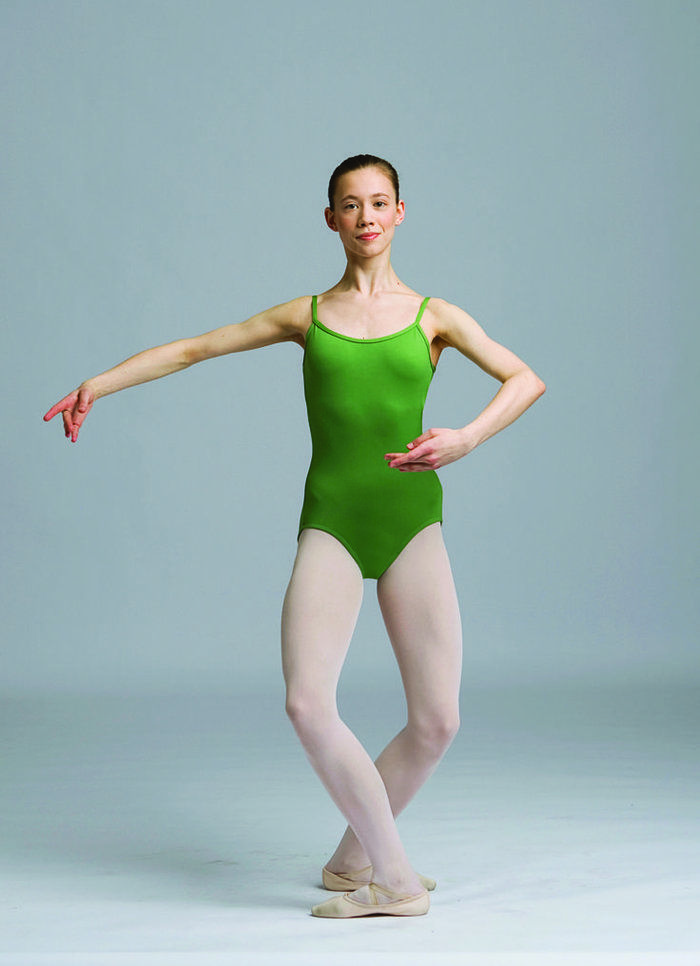
Meaningful video viewing is about building an understanding of HOW dancers make a particular impression on a partner or viewer. Technology is at the heart of everything. Understanding how the pros do it is a big step forward.
It is important to distinguish a show from a disco dance, a staged performance from an improvisation, a stylized dance from an authentic one, etc. Ask for recommendations and dance teachers will always throw off a couple of videos of worthy landmarks.
Tango Z. Showreel.
Online modern tango courses
Tango nuevo is the most advanced version of tango. We can quickly learn to dance from zero to a steep level.
| View details |
3. Dance in salsatecas/milongas/discotheques
A very delicate moment when it is worth coming to the first party. From a technical point of view, most students in 1-3 months have a sufficient set of figures and techniques to come and dance calmly.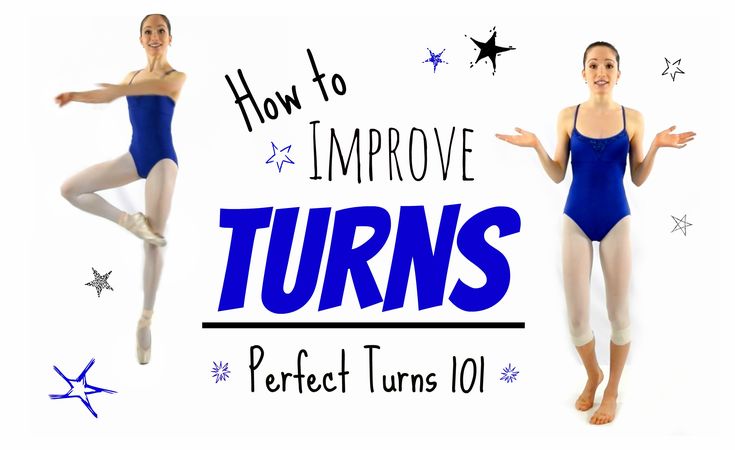 Psychologically, the same moment can be stretched out for an indefinite time. After all, it is imperative to “not lose face”, “learn more figures” and be sure what to do in case “there is an unfamiliar movement”.
Psychologically, the same moment can be stretched out for an indefinite time. After all, it is imperative to “not lose face”, “learn more figures” and be sure what to do in case “there is an unfamiliar movement”.
In fact, the partygoers don't really care (except for a small layer of non-professional teachers who want to help inexperienced dancers by treating them as customers in the future). It is important to come and try dancing after a month of classes. You can only with friends or guys from your group. This will be enough to feel the adrenaline and inspiration from the dance.
4. Dance with partners or partners not of your level
The conventional wisdom that you need to practice in groups of your level does not stand up to the test of experience. Perhaps now your eyes widened in surprise, and you want to meaningfully read the phrase again. Yes, you saw everything correctly: when you dance with a partner of your level, you don’t grow anywhere.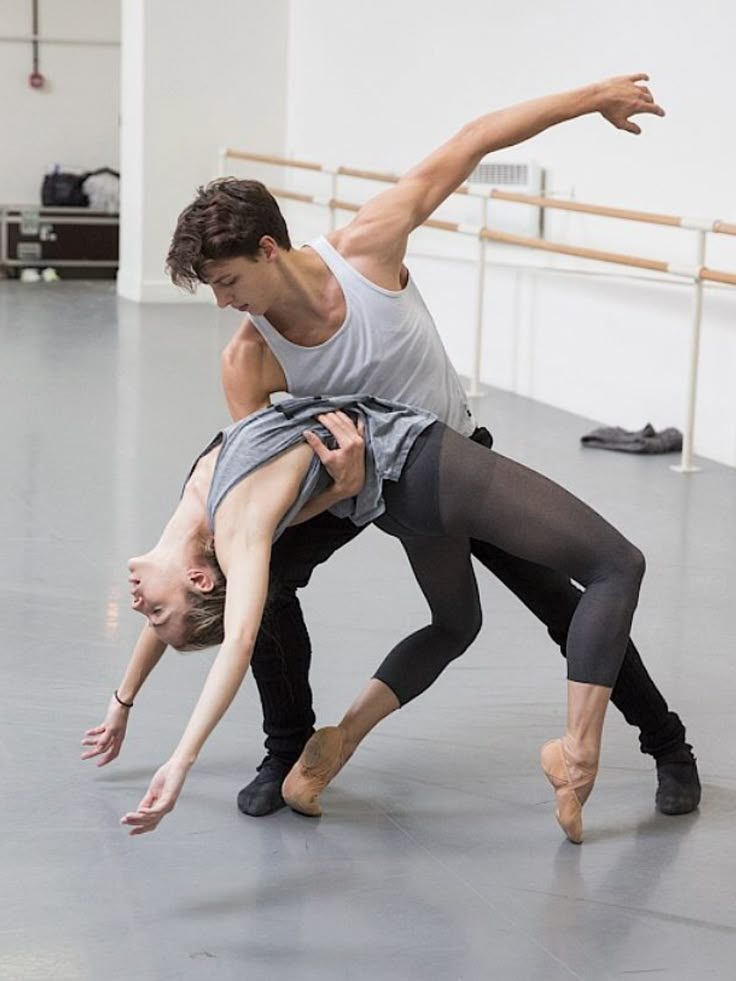
It's important to understand that not only does it work one way and you have to dance with cooler dancers, but it works even more effectively the other way. It is no coincidence that teaching pair dances dramatically raises the level of the teacher himself. You have an endless stream of very beginner dancers.
How it works. A more experienced partner needs to be "stretched". It's easy and obvious. With beginners, you need to take more initiative on yourself, see the general pattern of the dance more widely, turn on and insure more, try to be an example and be more careful. The quality of interaction begins to grow significantly. And wonderful partners too.
Dancing with partners of your level doesn't make you grow. Dance with beginners and more advanced dancers
Dominican Bachata Women's Style Online Course
Want to learn how to hypnotize those around you with the most appetizing part of your body? On the course we will tell you all the secrets.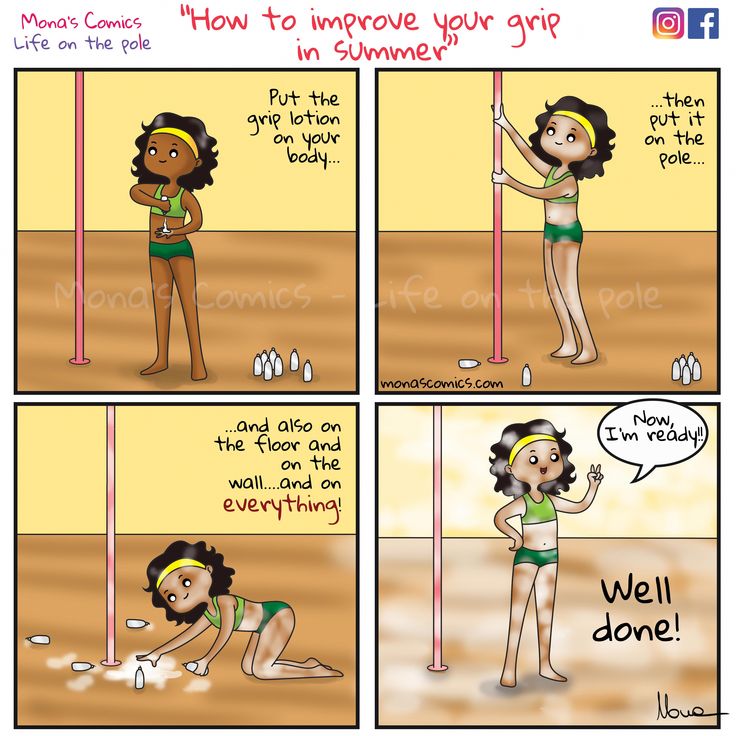
| Interesting |
5. Learn to dance for a partner and for a partner
Turks and Argentines are one of the best partners in the world. In Russia, partners are highly valued. Why? The answer is simple. In Argentina and Turkey, it is not questionable for men to ask another man to lead in one piece or another and give feedback on the quality of the lead. For them, it will be a great shame to hear moralizing from a partner, or even more so to be known in the community as an insecure partner.
In Russia, due to the constant, often far-fetched, opinion that there are more women in pair dances, partners calmly get up and study their partner's part. Such partners then grow into very cool dancers and teachers. In no case do this at parties, only in class. Here we are talking only about the learning strategy. At parties, be yourself.
6. Do not memorize the links
Always try to look deeper and understand the through principle and idea of movement.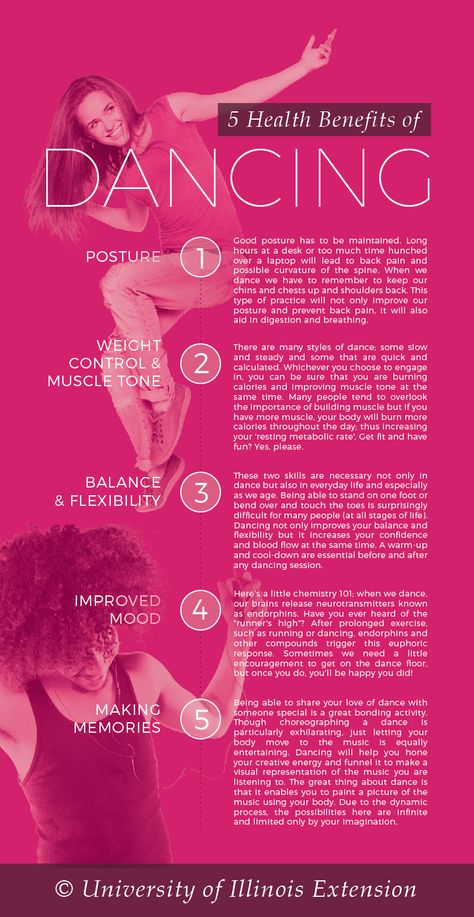 Understanding what and how is done will make it possible to independently generate any sequences and chips.
Understanding what and how is done will make it possible to independently generate any sequences and chips.
Human memory is limited and there will always be a moment when something will escape and your repertoire will be limited by the size of RAM.
In Argentine tango, for example, there are seven levels of movement construction that, when mastered, will allow you to make millions of combinations. And how many dance sequences can you really remember? In rueda, more than 150 figures dance in a rare circle. It's hard to keep more in mind.
7. Develop your body
Many years of experience in teaching couple dance shows that as soon as everyone pairs up in a class, any progress in individual style ends. But it is the individual style that distinguishes everyone at the disco: partners change, and style is always with you.
The body as the main instrument of dance must be very plastic, responsive and emotional. Surprisingly, not all pair dance schools have a general physical warm-up.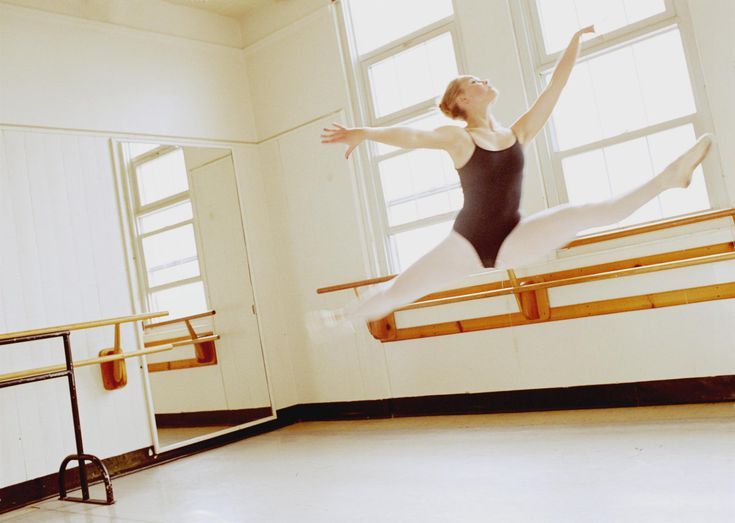 It is vital to tune the body and understand how it works.
It is vital to tune the body and understand how it works.
You can always train extra and concentrate more on the basic steps, as their true value is as body work. The sequence of steps is, in fact, the simplest thing that can be in pair dancing. The quality of individual performance determines the craftsmanship.
8. Try on the images of inspiring dancers
A psychological life hack for those who have already mastered the steps, but still feel that there is not enough brightness and drive. Most are terribly afraid of being someone else's "clone". Here the action is the same as under the influence of hypnosis - the more you resist, the more you plunge into an altered state of consciousness.
With a high degree of probability, you are already dancing like someone else's "clone". A meaningful fitting of someone else's image is that you mentally take the image of the one who inspires you (inspiration is critical in this case) and "put on" yourself.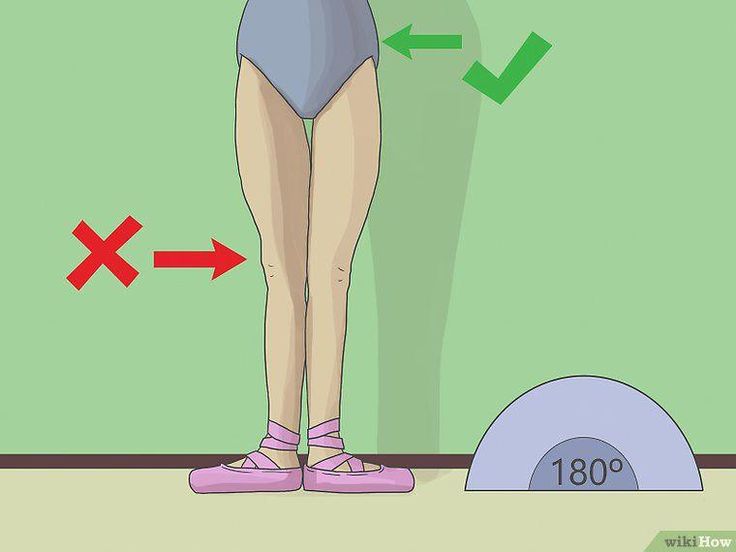 Then you start dancing and trying to feel in general how it is to be able, for example, to be the best partner or the sexiest partner in a disco. This is much more difficult than it seems. But it works extremely efficiently.
Then you start dancing and trying to feel in general how it is to be able, for example, to be the best partner or the sexiest partner in a disco. This is much more difficult than it seems. But it works extremely efficiently.
9. Dance to offbeat music
Habitual rhythms keep you tight. Tango salon or speedy timba leave little room for experimentation and fantasy. Pattern dancing is always noticeable and is reserved for beginners.
The truly new is born outside of the usual. Look for places to experiment. If there is no place, organize self-training. The main thing is not to get carried away, because music determines the style. We bring something new to pair dances, rather than trying to change them.
Search, improvise, do not be afraid to go beyond, develop in different directions, be inspired by music atypical for the style
10. Try your hand at basic dance directions
dances exist according to their own non-choreographic laws.
This is the deepest delusion, which has turned into a ceiling for the qualitative development of partner dances. After all, all professional dancers, for example, in salsa or bachata, build their ideas on the basic choreographic principles.
Do not think that choreography is only applicable on stage. Any meaningful movement of the body can be choreographic. In general, try classical or modern choreography. Basically, hip-hop can work too.
11. Look for battle sensations
Pair dances return us to an active position of manifestation of our body. As in the days of our ancient ancestors, we impress the members of the opposite sex by how dexterous, hardy, sexy, etc. we are. Modern laws of the jungle in the entourage of big cities.
If you look around the dance floor, it becomes clear that the majority are clearly herbivores (not in the sense of vegetarians, but in relation to those around them).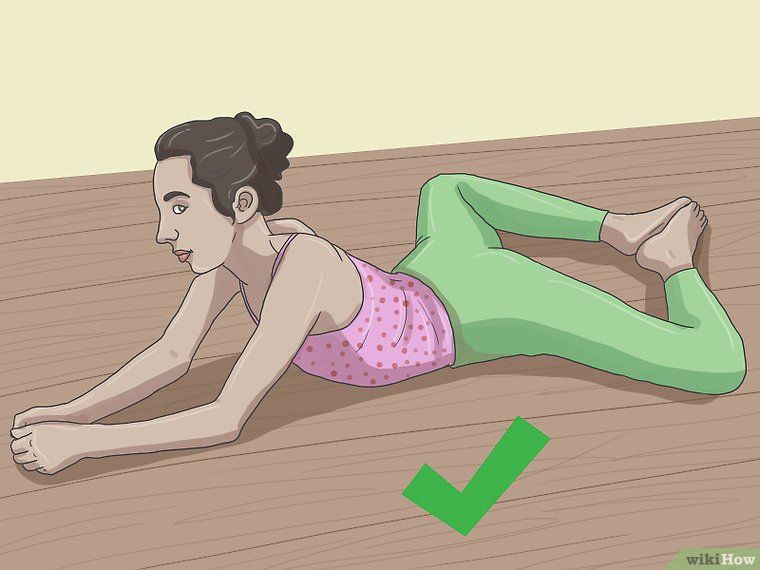 I am sure that predators are always more interesting in terms of the attractiveness of the image - try to find a counterbalance among herbivores, for example, a cat woman or a lion man.
I am sure that predators are always more interesting in terms of the attractiveness of the image - try to find a counterbalance among herbivores, for example, a cat woman or a lion man.
The conversation is about an internal position, not about aggressiveness. Lability and lack of control are inherent in adolescents, and not in adult self-sufficient people.
Accordingly, even a training or friendly battle gives, on the one hand, practical skills - to make a bright sequence of movements, bring an idea to a climax, show a spectacular feature, on the other hand, develops the psychological basis of the dance - self-confidence, resistance to extraneous attention, self-control and self-control in complex elements.
12. Communicate with professionals
The environment shapes the internal position. Basically, real passionaries of the dance community are ready to openly talk, discuss and support the development of dance in every possible way.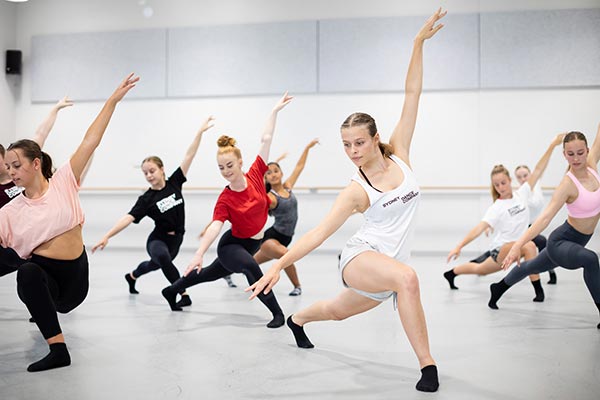 Universal principles and the ideas they articulate have a much longer and more practical perspective than meets the eye.
Universal principles and the ideas they articulate have a much longer and more practical perspective than meets the eye.
Accept that, for example, behind the words "listen to your partner" is not only a beautiful metaphor, but also a practical skill to literally listen to your partner. At the same time, always treat every thought, even the most respected teacher, as a private opinion.
Your skill will lie in finding the scope of the idea even in conflicting opinions. Most often, the contradiction is speculative and the truth lies in the angle of perception or situationality.
Your dancing growth will stop sooner or later. This can happen at the level of three basic steps or years of experience in teaching and show performances. Regardless of your level, the suggested 12 life hacks can get you off the ground and greatly accelerate your dance growth. There is no way here without your motivation and activity. Take your dance development into your own hands.
Share with friends
| Salsa |
Dangerous sexuality
Salsa: destroyers of stereotypes
Couple dancing as a source of strength.